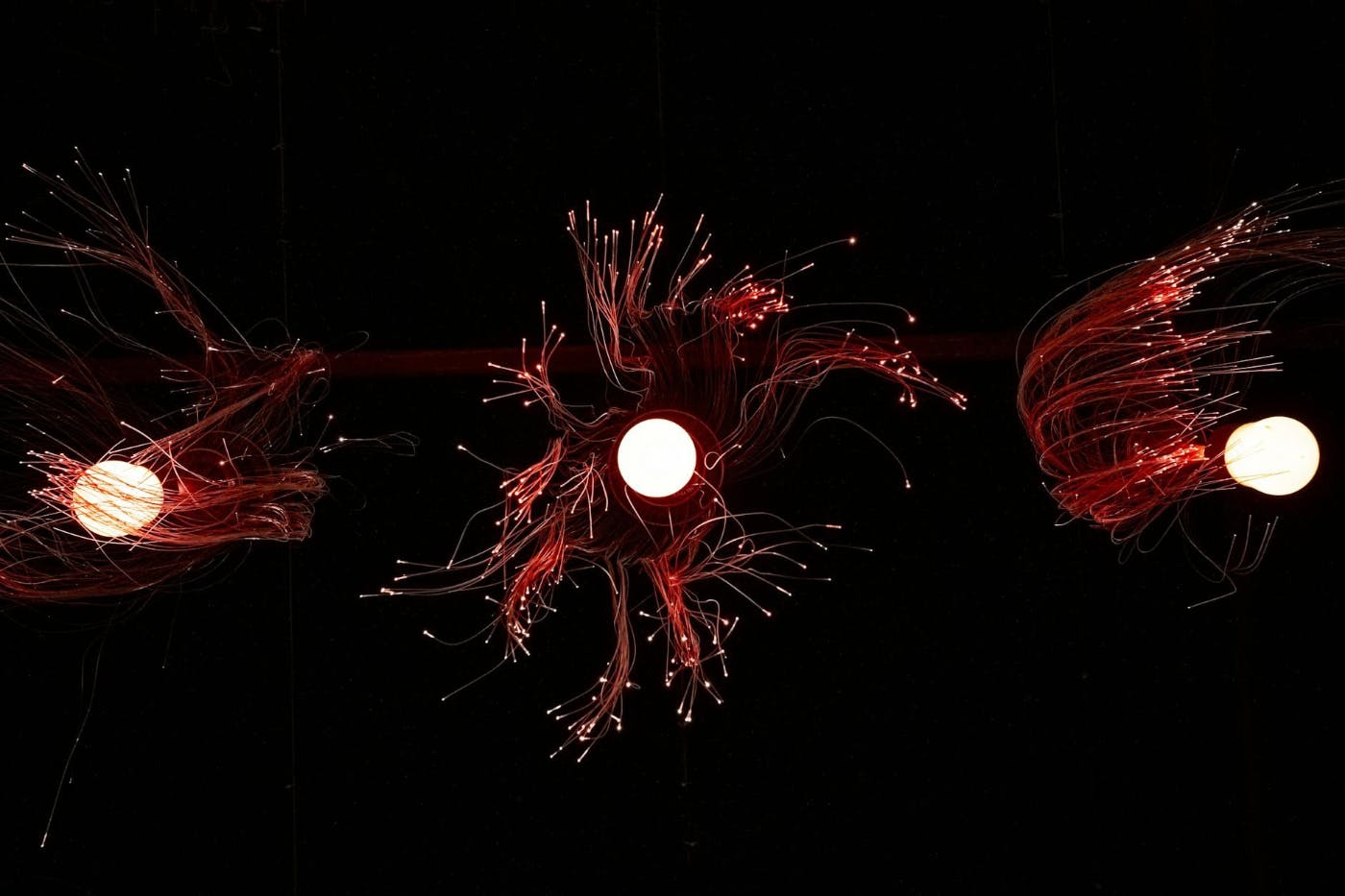246 reads
Bidirectional Microwave-optical Transduction Based on Integration: Appendix F: Optimization
by
March 4th, 2024
Audio Presented by

University's most read scientific papers about Transduction, the viral transfer of genetic material from one to another.
About Author
University's most read scientific papers about Transduction, the viral transfer of genetic material from one to another.
